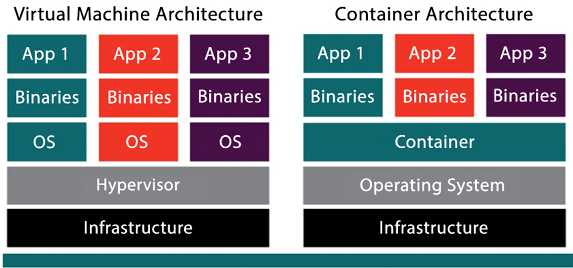Containers in AWS
In this chapter, you will learn about various patterns commonly used by many top technology companies worldwide, including Netflix, Microsoft, Amazon, Uber, eBay, and PayPal. These companies have survived and thrived by adopting cloud technologies and the design patterns that are popular on the cloud. It is hard to imagine how these companies could exist in their present form if the capabilities delivered by the cloud did not exist. In addition, the patterns, services, and tools presented in this chapter make the cloud much more powerful.
Containers are an evolution of virtualization technology – virtualized hardware and virtualized machines are what you have been used to for many years. Many vendors provide this kind of virtualization, including AWS.
In this chapter, you will first learn about the concept of containerization with the most popular container platforms, Docker, Kubernetes, OpenShift, and the related offerings in AWS.
In this chapter...


